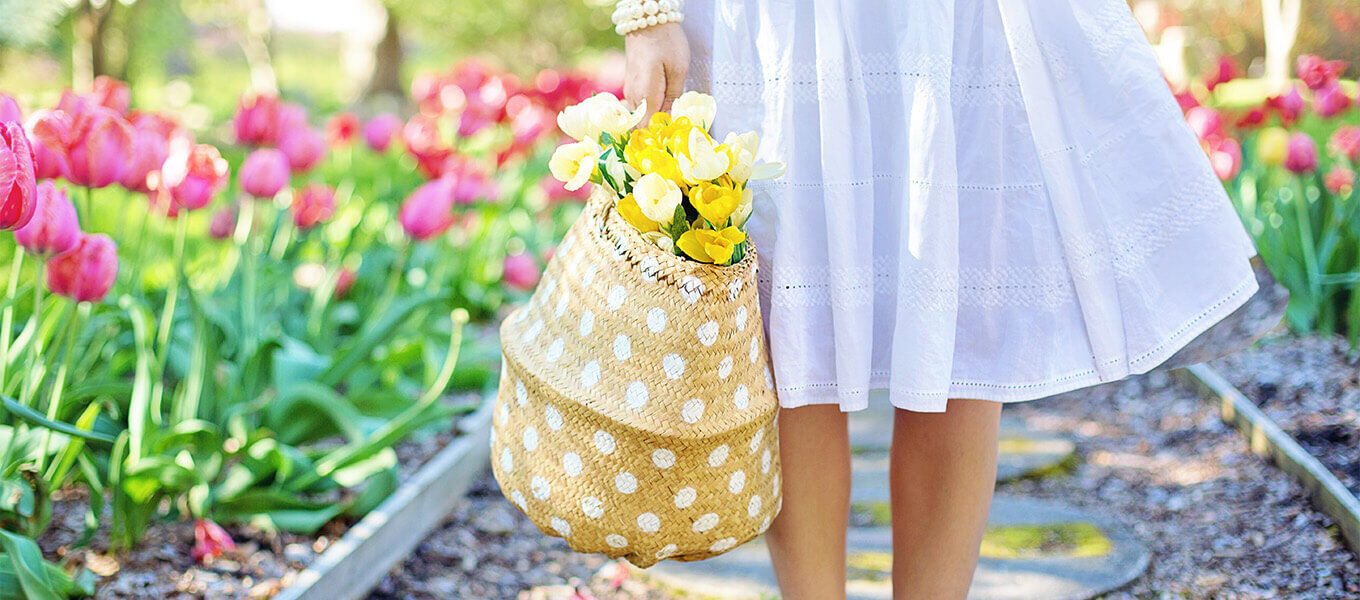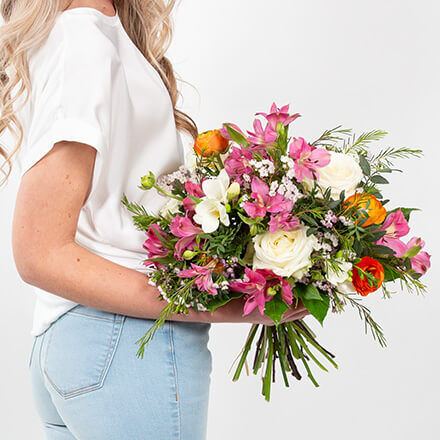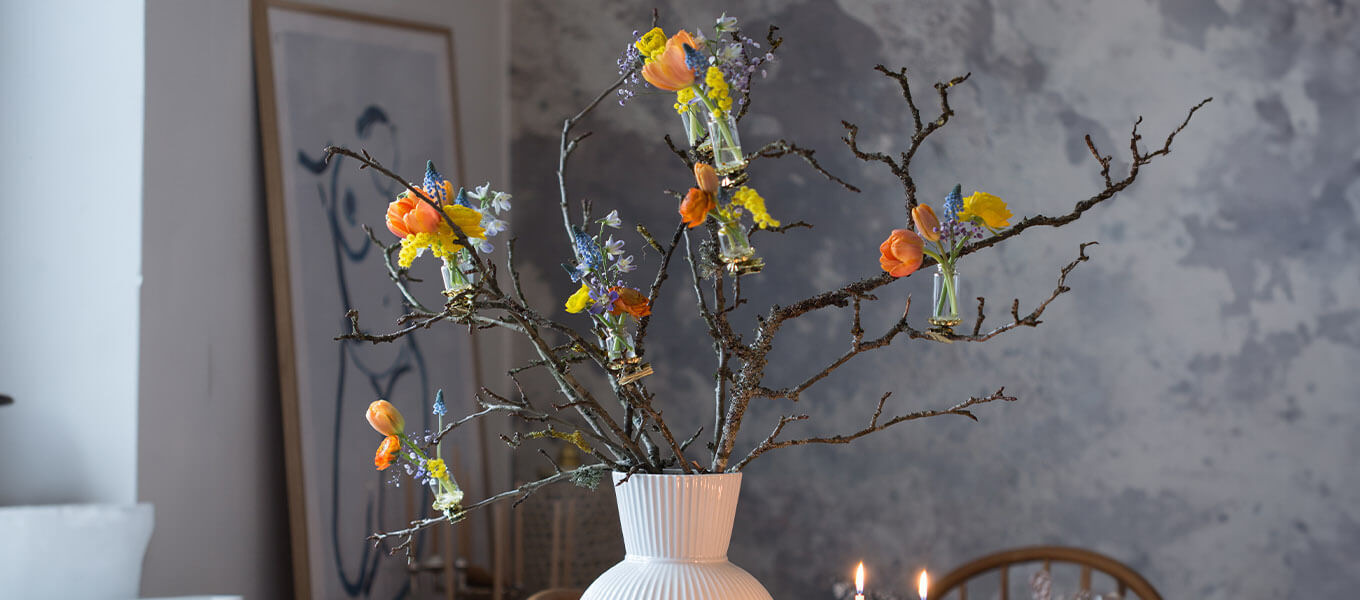
The springtime garden – seasonal garden tips
Whether daffodils, tulips or forsythia - with the gradually milder temperatures, the whole country is starting to bloom. The awakening of nature not only puts everyone in a good mood, but also drives all proud hobby gardeners out into the open again. After all, it is important to lay the foundations now so that you have a green oasis in the summer where you can switch off from everyday life and relax.
Start of the gardening season
Do you still have leaves in your garden from last autumn? Then you should use the first rays of spring sunshine to dispose of the dead leaves in the compost or organic waste bin. If the temperatures allow, you can also clear your beds of weeds and loosen the soil with a rake so that it is well supplied with water and air. It is then advisable to fertilise the beds thoroughly. Garden centres will give you expert advice on which soil and which fertiliser is best for which plants.
Removing the mulch layer
The benefits of ground-covering mulch are undisputed: It protects your plants from frost in winter and retains soil moisture from early summer. In March and April, however, the mulch layer should be removed so that the soil warms up more quickly. This is also particularly recommended under fruit trees: the unhindered nocturnal heat radiation of the soil on frosty spring nights protects tree blossoms hanging above it from possible frostbite.
Cutting back ornamental shrubs and roses
March is the right month to cut back summer-flowering ornamental shrubs such as hibiscus, butterfly bushes or panicle hydrangeas. In this way, you can ensure that the plants sprout new shoots and produce numerous magnificent flowers. Many rose bushes can also be pruned now - the striking forsythia blossom is the starting signal for this. When pruning, make sure that you set the rose shears at an angle: this prevents water from remaining on the cut and prevents rotting.
Hanging up nesting boxes
In addition to flowers and plants, many people enjoy the marvellous chirping of native birds in their garden. However, these birds not only enrich your green oasis acoustically, but also eat all kinds of insects, beetles and snails, which often do more harm than good in flower and vegetable beds. If you mean well by the animals, you can put up nesting boxes for them in your garden. These should be securely fastened to a tree at a height of two to five metres using aluminium nails. Ideally, the opening should face south-east to protect the birds' nests from wind and rain.

Bring spring home!
Spring offers a colorful selection of fine flowers such as tulips, ranunculus and freesias. Let the magic of spring come to you!
















